In the basement of an "antique store" these two books of 35mm negatives were found. They were destined for the dumpster no doubt, but rescued for LOST GALLERY and the enthusiasts who treasure the history and memorabilia of the second world war.
The first book of contains 327 negatives. The photographs were scanned and uploaded to a set on Flickr in 2007 and then grouped generally by subject for the pages of LOST GALLERY. Most of the photographs in this set are of aircraft in world war two. Nothing was known for sure about the photographs but slowly over the years some information has accumulated. It was established that the date for most of the photographs is late 1944.
Most of the negatives had notations on the accompanying index pages. Mostly the photographer was concerned about the lighting and exposure of each frame but occasionally also made notes on the subject matter. Where possible these notations will be included under each picture on this page.
The 205 negatives in the other file were taken postwar, about half in England and the rest in Texas, USA. The photographs apparently show a bit of touring before leaving the England based AAF unit and the first photographs after arriving in Texas.
From D. Sheley on Flickr: The Mustang is a P-51B from the 1st Scouting Force. These planes were used to fly ahead of the bomber formations to check weather conditions. The P-47 is a 'war weary' plane that was probably used in one of the training groups.
On a closer inspection the P-47 does look to have the 2-place cockpit. Any time an aircraft from this era has a 'WW' on the tail it has been removed from combat operations and usually sent to a "clobber college" to train pilots. I'm still looking into the markings on this one,maybe Hawk will chime in on this one because he's a heck of a lot smarter on these things than I am.
From SwissMustangs on Flickr: The P-51B-10-NA is 42-106727 5E-T "Terrible Tommie* of the 1st SF (Scouting Force) OTU (Operational Training Unit) - also known as "Clobber College" - this a/c was used to train newly assigned pilots - SF pilots usually came from Heavy Bomb Groups, on their 2nd or 3rd Tour of Duty. Note that the aircraft has the Malcolm hood modification and the additional DFF (Dorsal Fin Fillet) installed, which dates this photo around early 1945.
From Shabbyabbey on Flickr: The P-47 is an ASR (Air Sea Rescue) ship. The colour bands on the nose cowling were red white and blue. The identity bands on the horizontal stabilizers and tail/rudder were yellow.
From G. Asher on Flickr: I submit the P-47C is not assigned to the 5th Emergency Rescue Squadron. Nose stripes are more likely alternating red & white - 5th ERS had broader red-white-blue bands, not to mention"5F" squadron code prefix. The "JA" coding gives it a very high degree of probability that this is the personal ship of COL Jesse Auton, commander of the 65th Fighter Wing.
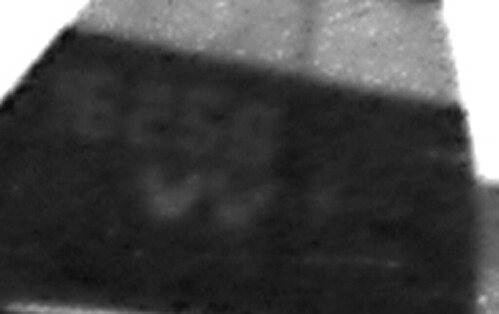
Detail of P-47 tail in photograph at the right.
From D. Sheley on Flickr: I believe the number on the tail is 16259,with the 1 being really hard to see. That would make this planes serial number 41-6259. This plane has a really interesting history,what I've found so far. It served with two operational fighter groups,the 78th FG and then the 56th FG. It was declared as 'War Weary' and converted to a 2-seat configuration and used for liason duties out of Debden. Then she went to a rescue group,just like Shabby said. When it was still being used as a fighter it was assigned to these pilots (although others probably flew her too).
Major Harold Stump from the 84th Fighter Squadron, 78th Fighter Group. The plane carried the squadron code WZ-C and was named "Bad Medicine".
Capt. Glen Schiltz from the 63rd FS, 56th FG. The plane carried the squadron code UN-V and don't know if it was named.
A serial number search says this plane crashed at Church Broughton,England on Jan. 19,1944 and was condemned as missing on Oct. 31,1944. I'm still going to keep researching this and hopefully Shabby can add some more.
From deltafastback on Flickr: this is P-47D-28-RE serial #44-19575 78thFG 84thFS flown by Julius P. Maxwell
From John Wilkerson on Flickr: This FG was stationed at RAF Duxford, near Cambridge, from April, 1943, I believe. Great air museum there. Duxford is only about fifteen miles from RAF Basingbourn where the B-17 pics seem to have been snapped. This was the problem for the B-24 drivers - they were out in Norfolk, an extra hour away from London so the reporters never got out there.
The photographer could have caught the Cambridge train out of London King's Cross station early in the morning, got off in Royston and taken a taxi to view the B-17's taking off, then remounted the train and got down at Duxford to taxi to RAF Duxford to snap the P-47's returning from a mission on the same day.
From Shabbyabbey on Flickr:
These are 78th Jugs (Thunderbolts) at Bassingbourn.
The give away is the hard runways. Duxford had grass and PSP (Pierced Steel Plank). Now to the interesting part... I knew the 78th had a PSP runway laid in '44, so Googled it...found the extract below on a Duxford website.
"Duxford was still a grass field and was prone to becoming muddy and flooding after heavy rain. The 78th nicknamed Duxford "The Duckpond". At each end of the field a mat of Pierced Steel Planking (PSP) had been laid down for Thunderbolts preparing to take off. This helped while the aircraft were stationary but trying to take off or land in water was no fun. It was therefore decided to lay a PSP runway as well, 3500 ft long by 150 ft wide; when added to the mats at either end the total length would be 4100 ft. To allow the work to proceed, the 78th FG moved in the first week of December to Bassingbourn, about ten miles down the Royston road to the west, the base of the 91st Bomb Group.

P-47 Landing
From Shabbyabbey on Flickr:
(continued from column at right) With the 78th gone, Army engineers laid the runway and on 11 December the Thunderbolts returned. To allow missions to be flown from Bassingbourn, ground crews and pilots had to be trucked there and back daily because briefing and de-briefing was done at Duxford, so the return to Duxford was most welcome. "
So you now have a rough date for the photos.
From G. Asher on Flickr: 1LT Frank A. Fish's P-47D 42-28636 "Flying Fish" of the 83rd Ftr Sq, 78th FG, Duxford.
From G. Asher on Flickr: O-HL (serial unknown) assigned to CAPT Wallace Bennett. B-HL is P-47D 42-74705, lost on 9 November 1944 with 2LT Alan R. Jacobsen KIA. The aircraft are all 83rd Ftr Sq, 78th FG, based at Duxford, probably taken fall 1944.
Photo taken at Bassingbourn, probably along the southwest perimeter track adjacent to Runway 07-25. In November 1944, the 78th FG was forced to abandon Duxford; the prewar all-grass airfield had been so inundated with rain that fall that operating 8+ ton fighters was rutting the surface badly. While PSP surfaces were installed, the 78th moved to Bassingbourn, setting up shop on the southwest corner of the field. Ground crews remained stationed at Duxford (less than 15 miles away), starting their day 3 hours before launch to include ample time for the 30-minute truck ride to Bassingbourn. Each squadron had a single operations tent erected in its parking area with a direct phone line back to Duxford for expediting spare parts. The Group flew its first mission from the temporary location 21 November to Hamburg, providing target area support. By 11 December the work at Duxford was completed, and the 78th packed up & moved back. Five days later, 30 new P-51s showed up, and the Group began its transition to 'Mustangs.'
From G. Asher on Flickr: White-ruddered P-47Ds make them 83rd Ftr Sq, 78th FG.
In November 1944, the 78th FG was forced to abandon Duxford; the prewar all-grass airfield had been so inundated with rain that fall that operating 8+ ton fighters was rutting the surface badly. While PSP surfaces were installed, the 78th moved to Bassingbourn, setting up shop on the southwest corner of the field. Ground crews remained stationed at Duxford (less than 15 miles away), starting their day 3 hours before launch to include ample time for the 30-minute truck ride to Bassingbourn. Each squadron had a single operations tent erected in its parking area with a direct phone line back to Duxford for expediting spare parts. The Group flew its first mission from the temporary location 21 November to Hamburg, providing target area support. By 11 December the work at Duxford was completed, and the 78th packed up & moved back. Five days later, 30 new P-51s showed up, and the Group began its transition to 'Mustangs.'
From G. Asher on Flickr: P-47D 42-26588 (coded MX-Z) leads a 2-ship takeoff of 82nd Ftr Sq, 78th FG Thunderbolts.
From G. Asher on Flickr: P-47D 44-19777 (coded MX-Q) leads a 2-ship takeoff of 82nd Ftr Sq, 78th FG Thunderbolts from Duxford.
From G. Asher on Flickr: P-47D 42-26638 (coded MX-R underscored) leads a 2-ship takeoff of 82nd ftr Sq, 78th FG Thunderbolts.
From deltafastback on Flickr: P-47D-28-RE serial #44-19958 (VZ-B?) 78thFG 84thFS flown by Leon M. Grisham.
Grisham recieved 3 Distinguished Flying Crosses, 13 Air Medals, a Bronze Star, and 2 Purple Hearts. During World War II.
Captain Grisham flew both the P-47 and the P-51, and was shot down and held in a German POW camp.
During the Korean conflict, he was the staff weather officer to the 51st Fighter Interceptor Wing, in Japan, and flew 100 combat missions in the F-80.
Rising to the rank of Colonel, he completed his career as Commander, 55th Weather Squadron.
John Wilkerson on Flickr: Bet it was summer. Nobody with a choice waits in an English mud patch for a photo before June. Besides, if these are landing photos, sundown in June happens about 9:30 pm, more opportunity for photos.
That would mean it is probably late summer 1944. There are some shots in the set that were probably early 1945 but I have not spotted any that look like summer for sure. Most of the frames appear to be in the winter of '44-'45.
From Warhawk55 on Flickr: Anne WZ-B (The name of the plane)
From D. Sheley on Flickr: A P-47D of the 84th Fighter Squadron, 78th Fighter Group, 8th Air Force, S/N 44-19934. This plane was assigned to Lt. Roy Higgins who named it "Ginny".
The 78th FG's base was in Duxford,England. As to the date,and I'm only guessing,would be late 1944 or before the end of the war in 1945.
From G. Asher on Flickr: An interesting markings note - the ship was previously assigned to the 351st Ftr Sq, 353rd FG at Raydon. A remnant of the 351st's "YJ" prefix is still visible on the forward end of the fuselage invasion stripes.
This shot - as well as all the other images of 78th FG (checkerboard cowled P-47s) was taken at Bassingbourn during November-December 1944 when the runways at Duxford were being constructed (grass turf runways up to that point).
P47 WZ-R 29-9626 (it’s not clear so the SR number could be something similar.)
Subject: The 83rd Ftr Sq, 78th FG P-47s from Duxford temporarily stationed at Bassingbourn
Location: Bassingbourn
Date est.: Between November 21, 1944 and December 11, 1944
(Date and Location established by g.asher)
From G. Asher on Flickr: Black/white checkerboard nose is 78th FG - might be an 82nd Ftr Sq ship (if that's a red rudder), coded either MX-E or MX-L.
P-47D 42-28455 "The Flying Falcon" (coded MX-L) of the 82nd Ftr Sq, assigned to 1LT Lawrence W. "Larry" Nelson. The ship may have been a War Bond purchase, since the nickname was apparently derived from a "Falcons" high school athletic team. The ship ended up on its back in an accident on 19 January 1945 and may have been salvaged at that point.
Here's a shot of the end of her career:
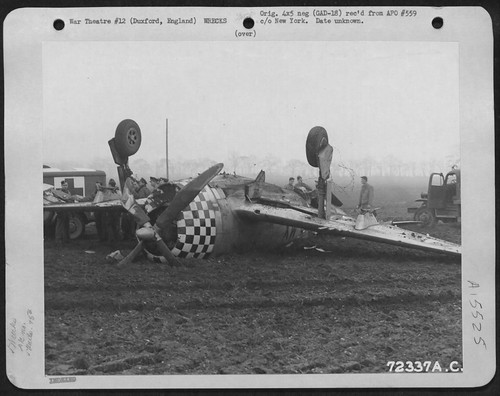
From G. Asher on Flickr: P-47D 42-76557 (coded MX-T underscored) of the 82nd Ftr Sq, 78th FG.
From Jim Webb on Flickr: 83rd Fighter Squadron/ 78th Fighter Group P-47D HL-X 43-25568 stationed at Duxford England. I don't believe this is Duxford though because it had a grass strip and is still that way today. I've been there.
CLICK HERE to view the
POSTWAR PHOTOGRAPHY
from the other negative file from this same photographer.
Look at the bazookas on that little honey!
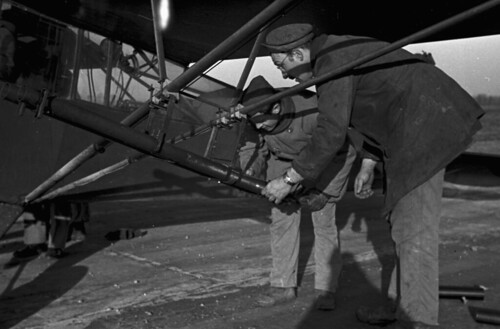
Click here for the whole story!
 Here are more stories about the 91st Bomber Group and some of the missions flown on a fine website by
Here are more stories about the 91st Bomber Group and some of the missions flown on a fine website by
Sam Halpert
For others in the AAF Bassingbourn series see also
The P-61 Black Widow
B-17 Bomber
The Lancaster Bomber
P-51 Mustang (This one)
The Avro York
The Short Stirling Bomber
The Piper Cub with the Bazookas
And Miscellaneous personnel and landscapes
Bassingbourn from a Window on the base.
Go back to THE MAIN INDEX PAGE
There are now more than 8,000 photographs in the Lost Gallery. Or try out the NEW BACK PAGE INDEXBassingbourn 1944 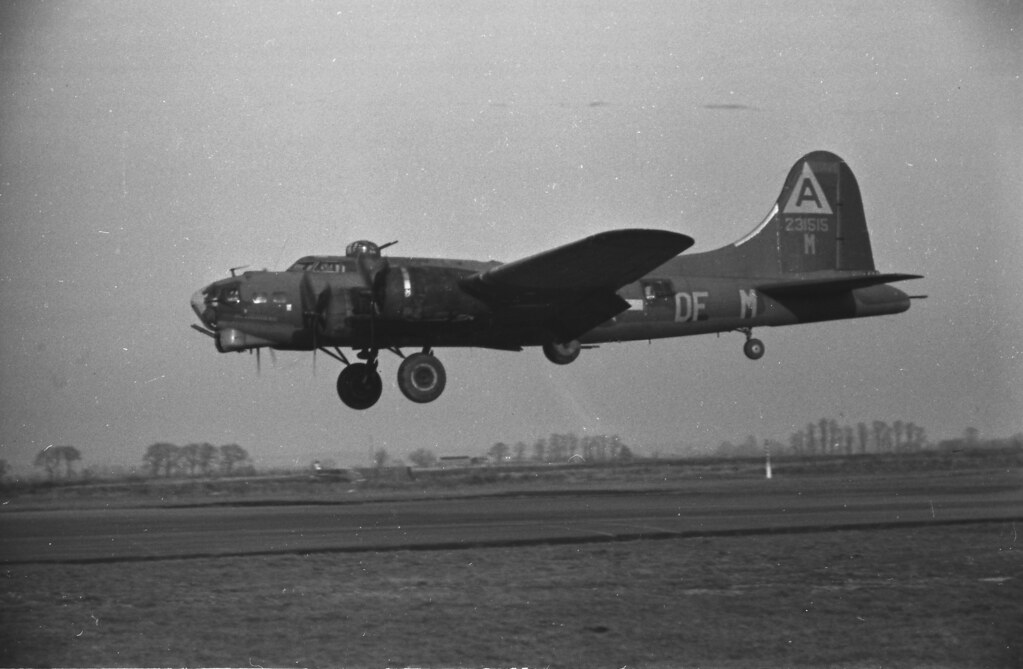 Discovered! Long lost negatives taken during the winter of 1944-45 at Bassingbourn AAF base in England.
Discovered! Long lost negatives taken during the winter of 1944-45 at Bassingbourn AAF base in England.
Area 51 and a Half 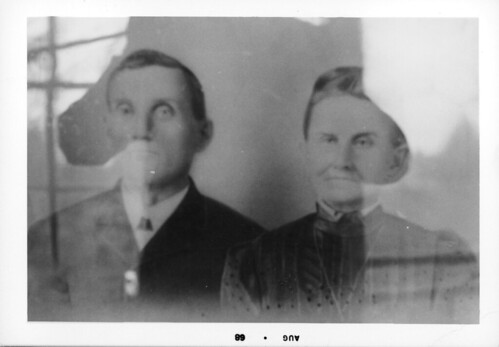 You are probably not authorized to see these.
You are probably not authorized to see these.
Don't take my picture! Oh! You DID didn't you! 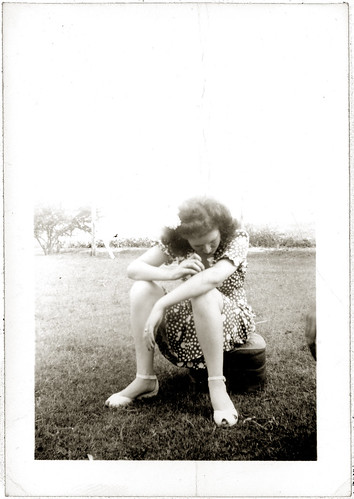 This is a collection of photographs that disappear on the way home from the photo processing shop.
This is a collection of photographs that disappear on the way home from the photo processing shop.
And don't missCabinet Card GallerySquare AmericaTattered and LostVernacular PhotographyThe bestFOUND PHOTOGRAPHsites on the web. And for postcards try POSTCARDY And see what's going on over at Sepia Saturday!
All images are the property of Lost Gallery and the author. Permission must be granted for their use. All rights reserved.
THE KIDS 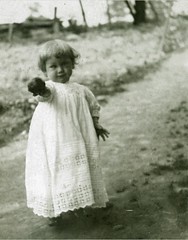 It is always a mystery how a photograph of any of these precious children could end up lost or abandoned. Here are a few. You will probably say "Ooh..." at least once.
It is always a mystery how a photograph of any of these precious children could end up lost or abandoned. Here are a few. You will probably say "Ooh..." at least once.
Dee and the Business School 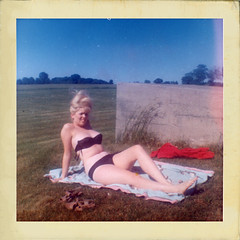 The beautiful Dee. A curious story; What do you see?
The beautiful Dee. A curious story; What do you see?
WHAT'S GOING ON HERE? "What are they doing?"
"What are they doing?"

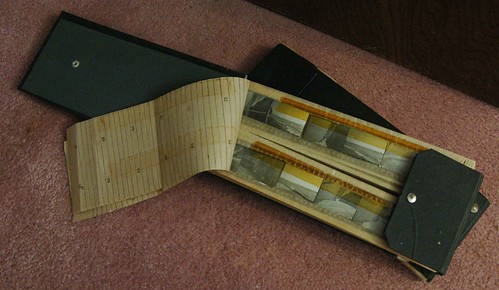

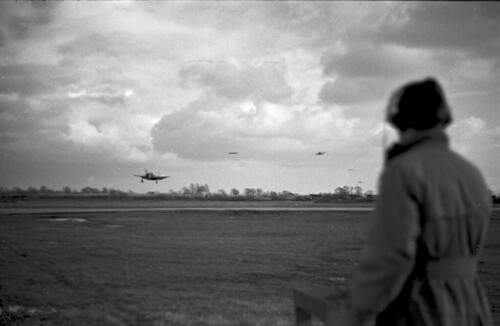

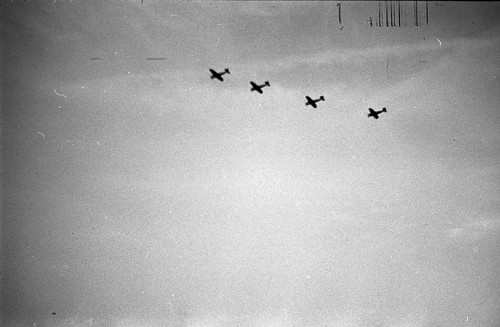
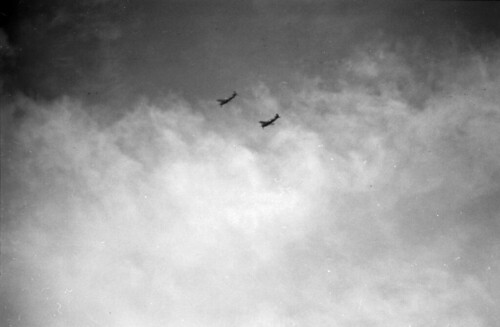
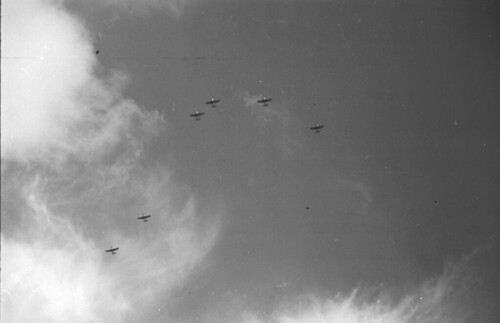
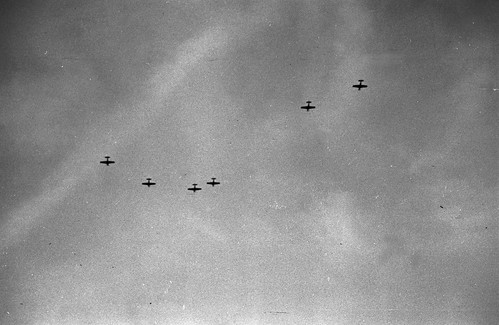
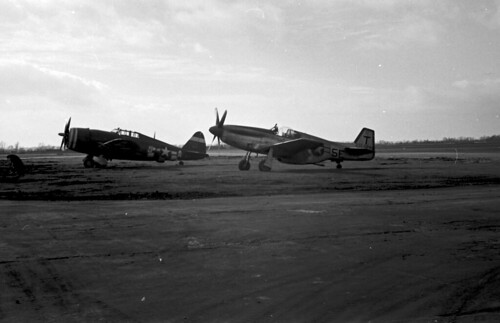
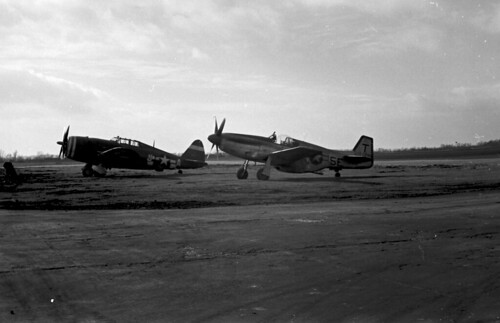
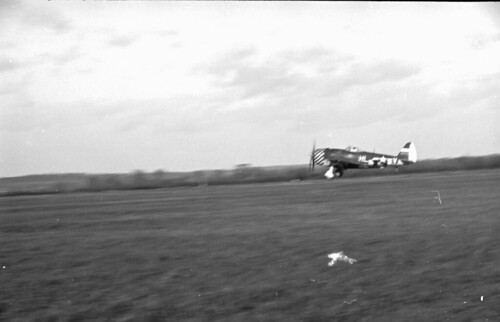
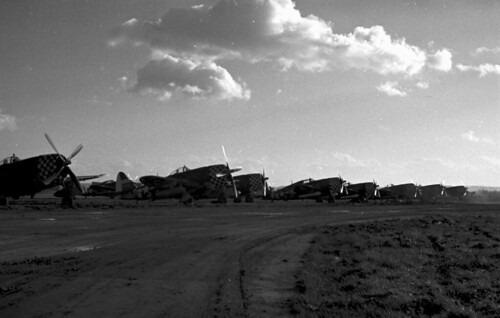
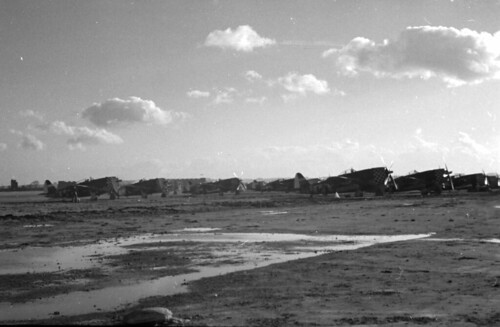
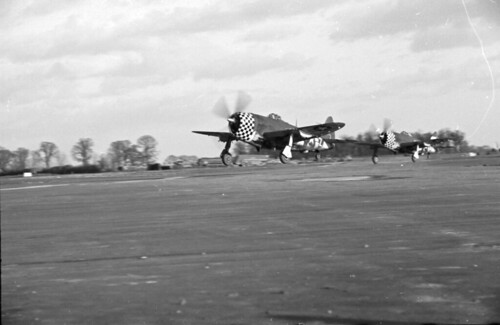
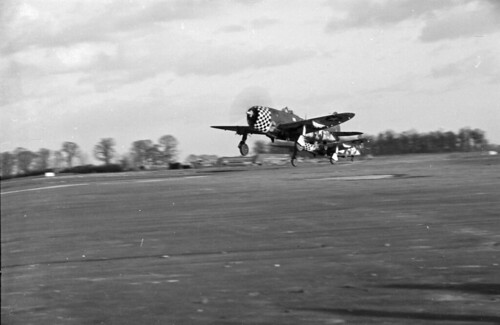
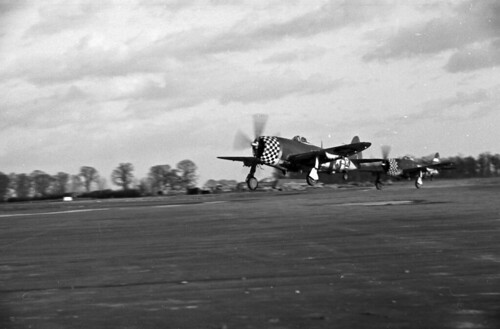
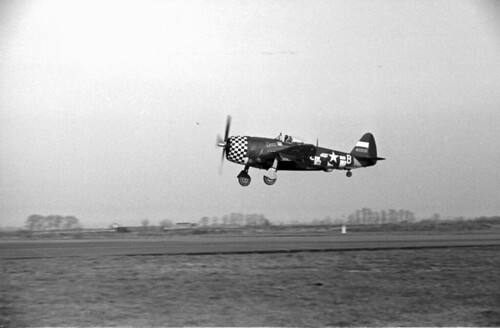
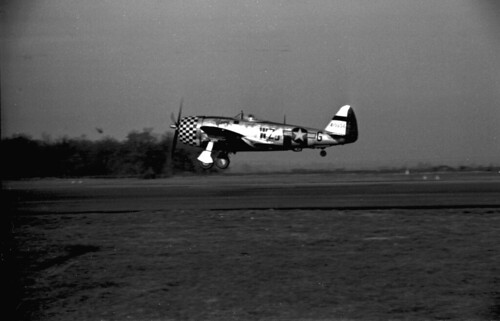
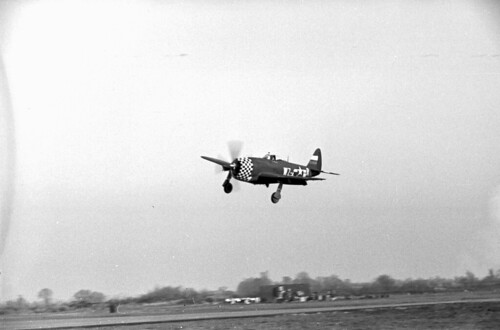
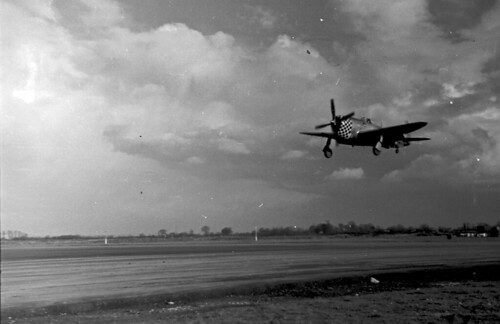
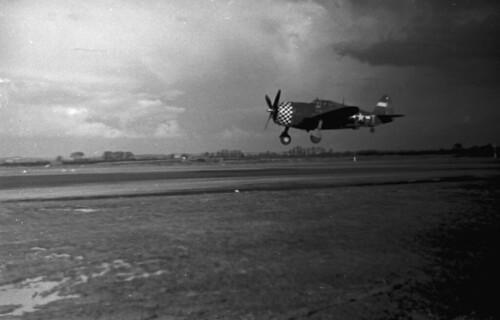

No comments:
Post a Comment